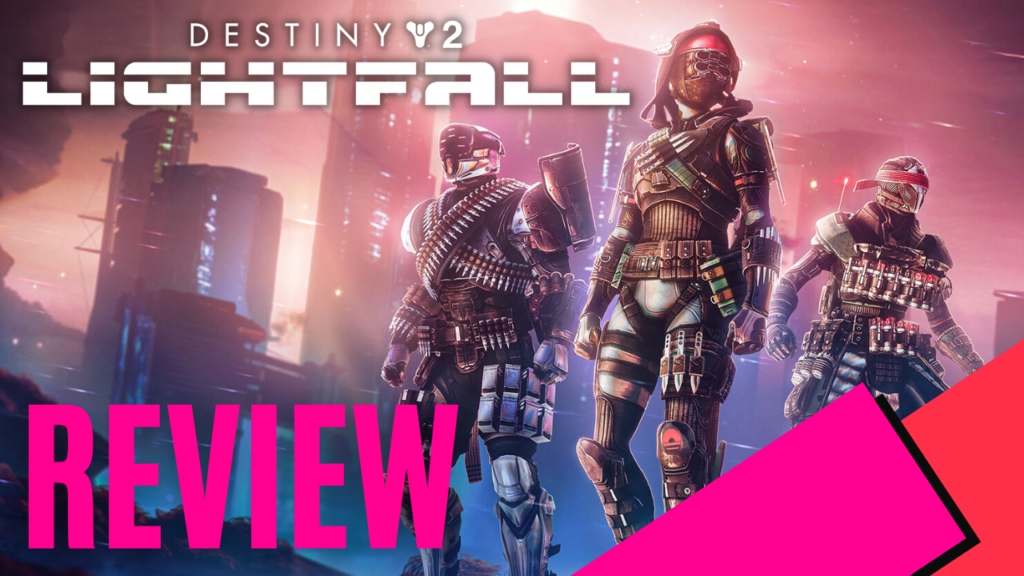
The long-running FPS-MMO, Destiny 2, has released its fifth major expansion, Lightfall, which has us creeping ever closer to the final act in the Light and Dark saga. On the back of last year’s Witch Queen expansion, which reinvented the campaign structure and teased the imposing entity known as the Witness, expectations were at an all-time high leading into the Lightfall expansion, and heavy is the head that wears the crown.
With the inherent complexity and depth that an MMO-style game can offer, and with Destiny 2 traditionally being designed to release content both in story and gameplay over time, this review will aim to break down the campaign, sandbox changes, and general gameplay loop that comes with the initial launch of Lightfall. The current season 20 storyline, being separate from the mainline story, isn’t indicative of the Lightfall experience, but does bring fan-favourite Mara Sov back to lead the charge on the seasonal activity, Defiant Battlegrounds, which will keep us busy once the main campaign is completed.
With all that being said, let’s tackle the giant elephant in the room and break down the campaign side of things, and there are some minor spoilers ahead. The ending of the Witch Queen introduced the Witness; the voice behind the Darkness that seeks to consume the Light that the Traveler has bestowed upon us, the Guardians. In a game that is built and designed around aliens and superpowers, the Witness, with his rippling black-clad robe, half-obscured pale face, echoing voice, and flowing plume out of the top of his head is arguably the most resonating character to date.
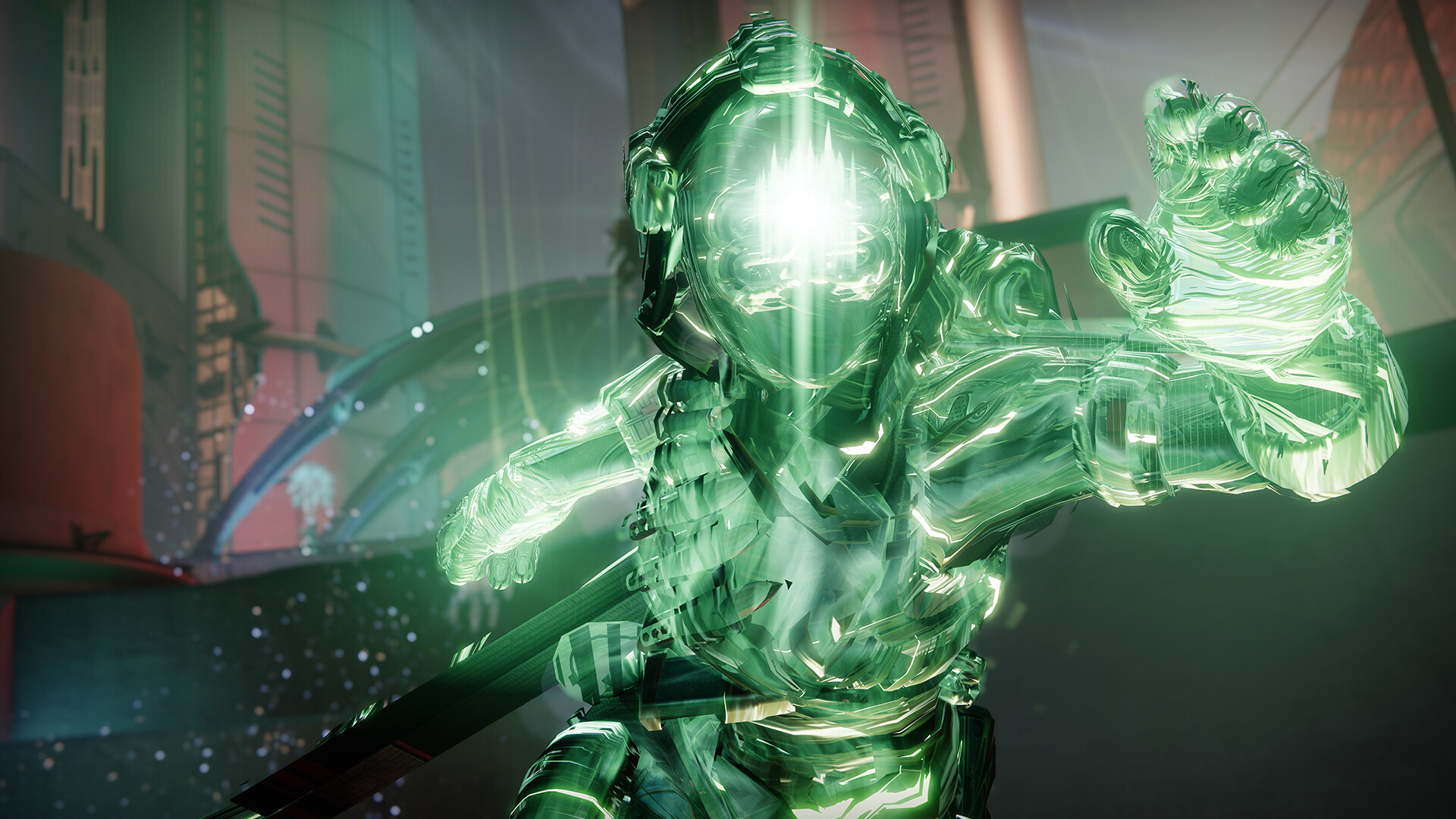
His work so far has been carried out through his Disciples and the ever-present threat of the real Calus, one which has been teased since the launch of Destiny 2, and it has now come to fruition as he leads the Shadow Legion as the next Disciple. This all leads to the pursuit of the Veil, which is located in the brand new explorable space on Neptune named Neomuna.
This entire place is a futuristic dreamscape of what people from the 80s envisioned the future to be. A neon-clad cyberpunk city. With a sense of verticality and a surprising amount of sparrow-friendly paths to zoom around on, this new location is almost a throwback to the days of Halo 3: ODST on New Mombasa; exploring a cityscape under siege.
The campaign consists of eight missions and one strike, which mainly seems to be a little light-handed, but considering they have followed the same model set in the last expansion, with each mission having three distinct set piece moments between the exploration parts, it felt well designed for the combat loop.
The brand-new subclass named ‘Strand’ is also woven into the campaign experience as you connect to the powers of the dark to weave the fabric of reality between your fingers. You get to play with it in bits and pieces before unlocking it for good at the end.
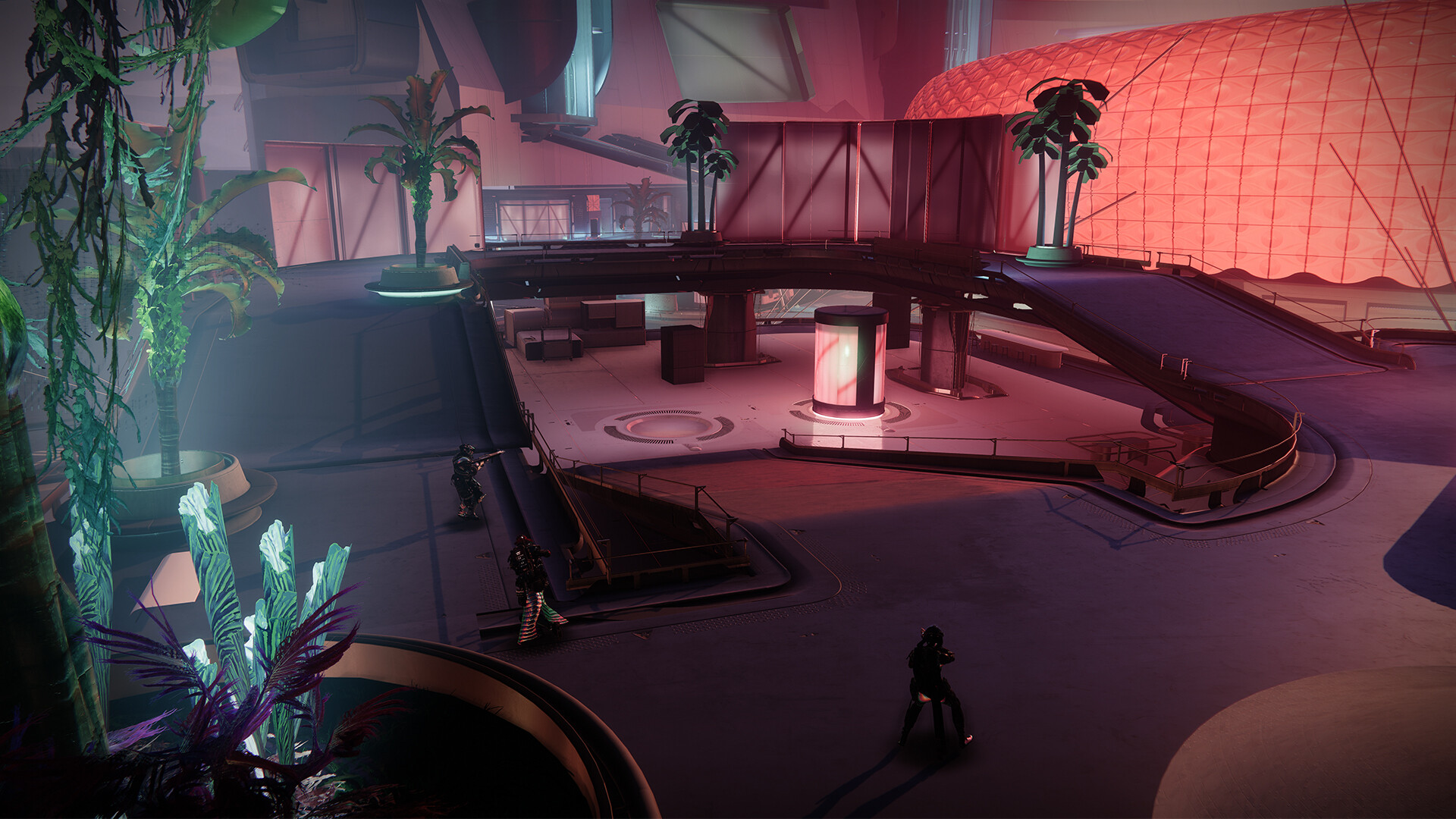
Traveling through the neon cityscape into the monolithic confines of the Pyramid ships, only to be sucked into the Vex network which resembled the Tron universe, was one of the most vivid and colourful blends of environments seen yet in the Destiny universe.
There were two ways to approach the campaign, either on normal difficulty or the now staple Legendary mode, which bumps up the intensity and caps your level to make sure you are fighting for your life. With Destiny’s level system being tied to upgrading your gear, completing the legendary version will reap a big boost toward the seasonal level cap and a new exotic piece of armour. For veterans that were clad with years’ worth of weapons, armour, and builds, it was a hefty challenge but an extremely satisfying adventure. For newcomers, I would recommend the normal setting unless you like to test your mantle.
As fun as the encounters balanced around enemy density and daring escape mechanics were, the chase the MacGuffin-style plot didn’t stick the landing. Considering that we are almost at the end of the Light and Dark saga, which is nine years into the overarching story, I am still left with questions. What is worse is that key elements to the campaign were treated as if we did in fact know what they were, leading to more confusion, which ultimately made me feel like I did at the end of Halo 2.
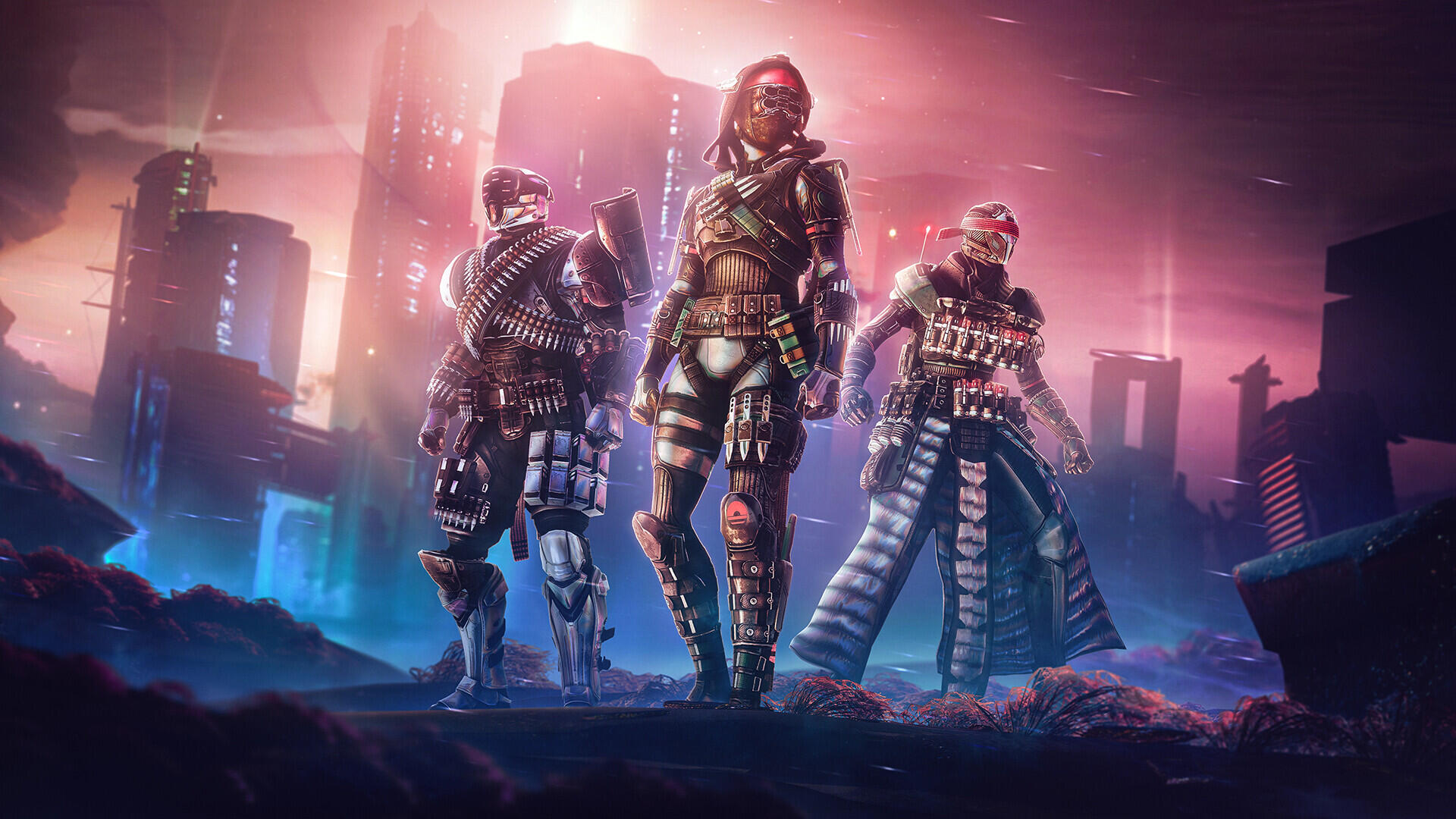
I personally appreciated the new ally race in the Cloudstriders, modelled after 80s action heroes, as they tower over our guardians and zip around the air on their bladed surfboards. The general reception to Nimbus, however, can be a jarring experience, especially with their innocent and playful dialogue coming in a moment that should have been a serious endeavour.
The story side of things is crucial to the experience but the staying power of Destiny has always been its gameplay. With the new Strand subclass, we now have access to a lockdown style of gameplay – if done right. While the grapple hook was the marketing material to sell Lightfall, outside of the campaign its traversal capabilities take a major hit.
While exploring Neomuna, you can grapple onto Strand points and it will refund your grenade energy to swing again, but if you run out of those, then you can only grapple once every minute at best, which ultimately leaves it out the end of game content. There are ways to spec into the grapple to reload your weapons or gain woven mail for damage resistance, but the rest of the suite that would replace the grapple can suspend enemies in the air, unravel them from existence, and chain explosive energy, which just seemed too good to pass up.
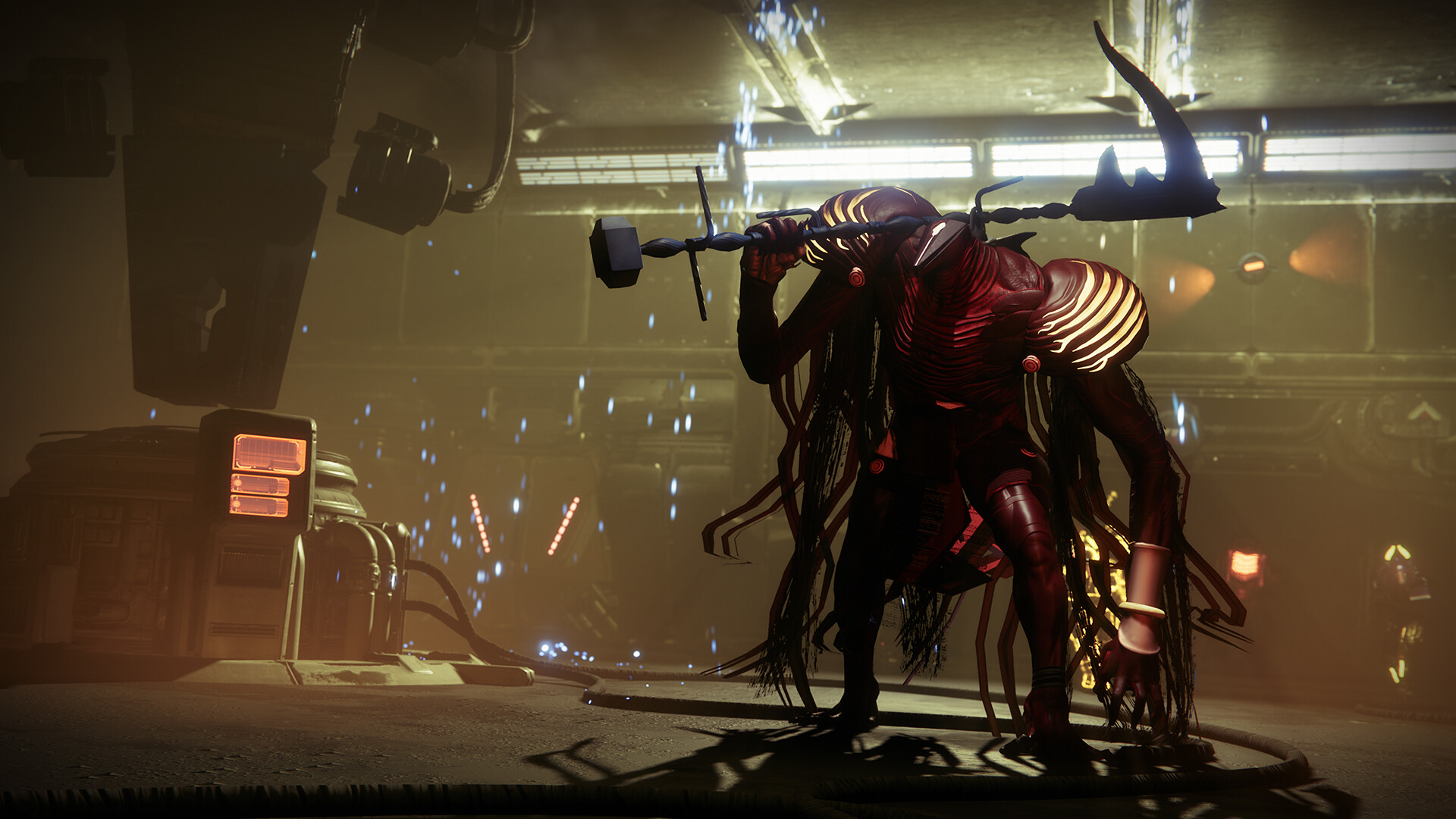
The build crafting of this expansion has been reworked on how to synergise with your subclasses, but not in a complete reset kind of way. Each armour still has four to five slots and 10 energy so you can pick and choose which mods you want. There are now colour-coded mods, such as Green, which will give you armour charges if the conditions are met, such as picking up an Orb of Power or getting a grenade kill to spawn a fire sprite. Yellow mods will consume those stacks on certain actions, such as using a finisher on an enemy to spawn special ammo, and blue mods will continually drain but offer a buff while active.
The build potential has skyrocketed and even with the Heart of Inmost Light exotic chest piece being nerfed into the ground, I managed to build an Arc Titan that had pulse grenades back every ten seconds. The fact that I can now save that build to a predetermined slot for quick access is amazing. It has taken away the annoying task of redoing my mods for one type of activity without having to use a third-party app or website. The new Guardian rank system has ways to unlock more build slots as well, which you will eventually get by playing the game, but it offers a direction to follow when you are lost on what to do next.
The last major overall comes in the form of surges, threats, overcharged weapons, and permanent level caps on higher levelled activities, so you cannot over-level for them anymore. This system puts the sandbox back in Bungie’s control and is similar to how they rotate out seasonal artifacts each season, so we are forced to swap our weapons out to deal with Champions.
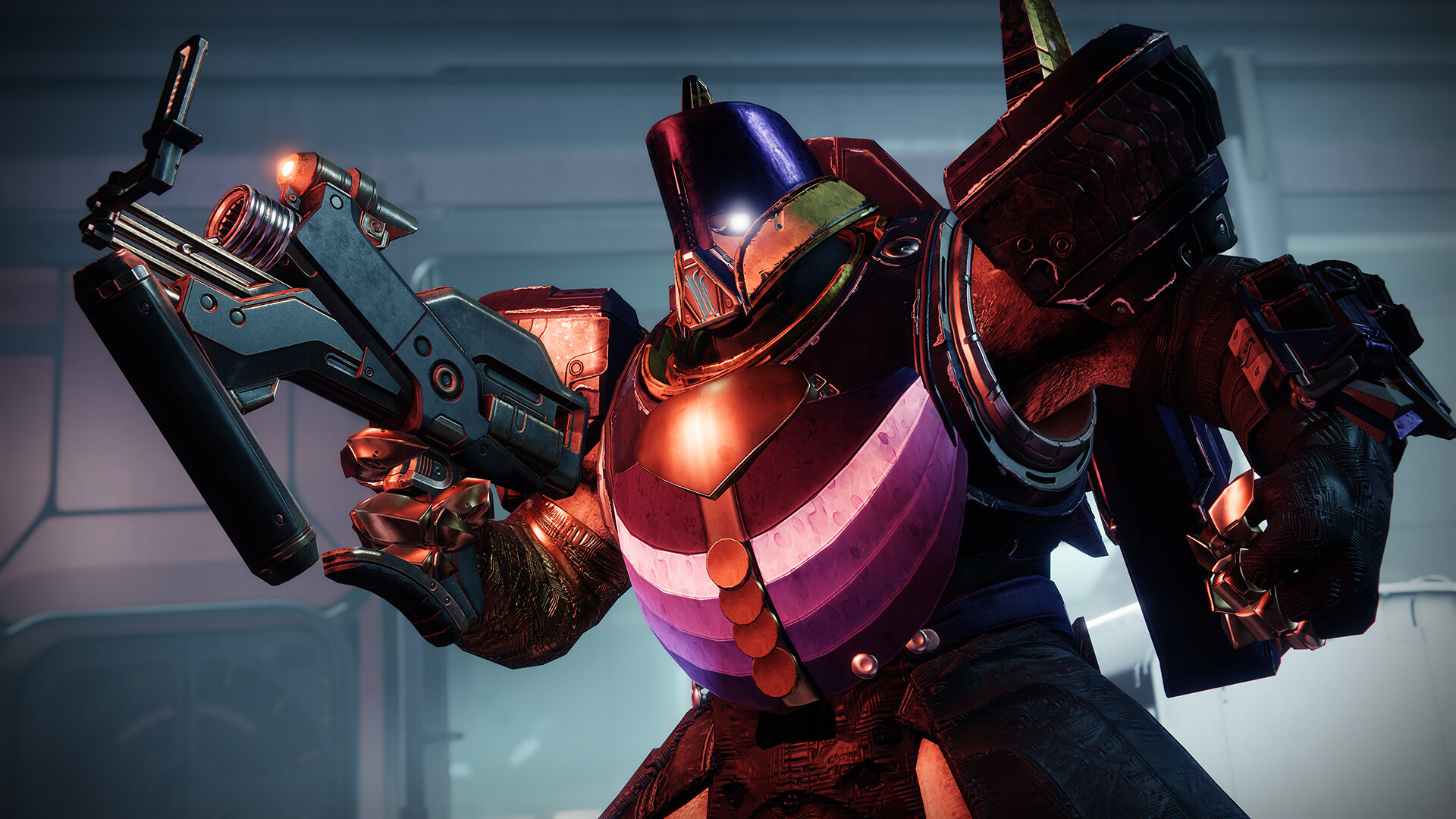
Surges give a boost to a certain subclass for that week, threats give a damage increase to certain subclass damage types, and overcharged weapons increase a select weapon type damage, such as shotguns, so if you match up all of the boosts, a previously difficulty heroic mission may become more manageable.
The loop between Vanguard Ops for strike-style missions, the Crucible for PVP, and raids or dungeons is still the cause of action to hunt down the next powerful or pinnacle drop, so having a more challenging sandbox to play gives true credit to managing your builds and gameplay style.
Destiny 2 Lightfall has thrown down the gloves and is ready to bring back the challenge. The exciting prospect of using an array of new mods and being able to save those builds is a huge step forward, and the challenging content now rewards you for doing so. The generally lost sensation still lingers after the campaign unfortunately, and the idea of having to wait a year is agonising, but the story may unfold a little more through the seasons, so there is still hope.

The Good
- Build crafting it at an all-time high
- Strand isn’t easy to master but has a huge ceiling
- Campaign level design was fun and engaging
- Art style choice makes the game look like a futuristic space game
- Difficulty is vastly improved balance so far
- Surges, threats and overcharged system worked well
The Bad
- Disappointing story arc
- General pinnacle activity chase hasn’t changed
- Still a difficult game to get new players involved








